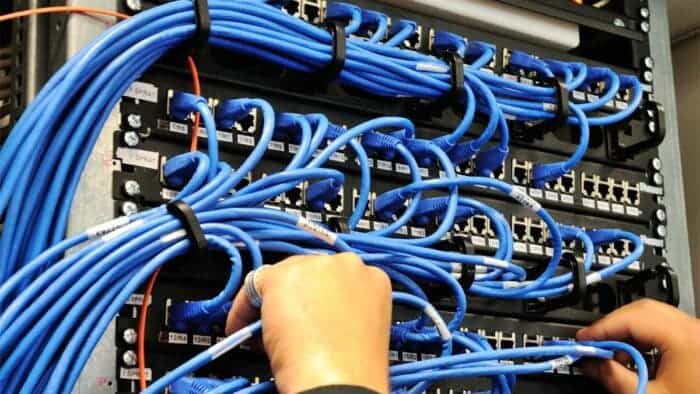Slow Internet access, video conference freezes and other network issues are often believed to be due to slag in network speed. However, what is the cause of the slow network speed? Is it the router’s fault? or the broadband is not powerful? Or, it could be that you are just not using the right network cable. In the network signal transmission link, the network cable is the most easily overlooked link. However, the network cable is a bridge connecting various devices. If the network cable is not selected properly, it will also affect the network data transmission speed of the devices at both ends. For example, the router is 1000Mbps and the broadband is 500Mbps. If the network cable used is 100Mbps, then the final network speed is only 100Mbps.
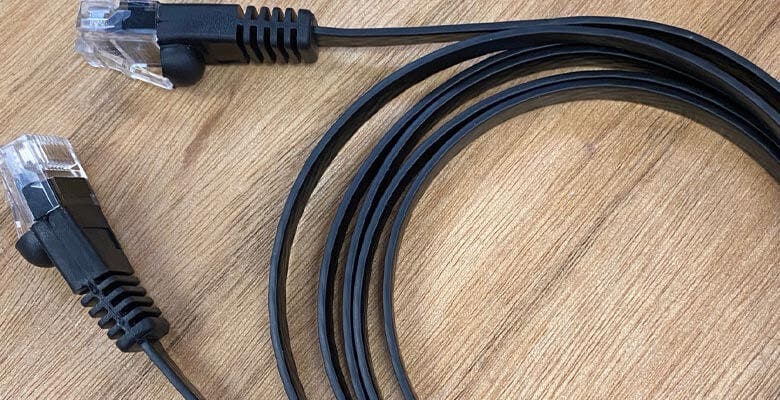
Network cable classes
At present, the network cables on the market are mainly in five categories.
- Category 5
- Category 6
- Category 7
- Category 8

Category 5 and previous cables are gradually leaving the markets. This is due to their low data transmission rates. Their transmission rates can not meet the requirements of household broadband.
Category 5
There is a CAT.5E mark on the outside of the cable. The maximum transmission frequency of these cables is 100MHz. This can meet the transmission rate of 1000Mbps within 100 meters and is suitable for Gigabit networks. The CAT5 super cable is CAT.5E
Category 6
There is a CAT.6 mark on the outside of the network cable. The maximum transmission frequency is 250MHz, which can meet the transmission rate of 1000Mbps within 100 meters. It is also suitable for Gigabit networks. In order to better reduce crosstalk, most Category 6 cables add a cross-insulation skeleton. Compared with Category 5e, Category 6 wire core diameter is larger. It has stable transmission, the distance is longer, and the performance is better. Qualified Category 6 cables can support 10 Gigabit networks within 55 meters.
There is also a cable with the CAT.6A mark on the outside of the cable. The maximum transmission frequency is 500MHz, and the maximum transmission rate within 100 meters can reach 10Gbps. It supports up to 10 Gigabit networks. The CAT6 super network cable is CAT.6A. As for some network cables marked as CAT.6E, they do not belong to the standard network cable category. The transmission performance cannot be guaranteed.
Category 7
There is a CAT.7 mark on the outside of the network cable. The maximum transmission frequency is 600MHz. Also, the maximum transmission rate within 100 meters can reach 10Gbps. These cables also support up to 10 Gigabit networks. Category 7 cables have begun to enforce double shielding. This can better combat signal attenuation and crosstalk.
Category 8
There is a CAT.8 mark on the outside of the network cable, 2000MHz ultra-high bandwidth, and the maximum transmission rate can reach 40Gbps, but it is limited to a transmission distance of 30 meters, so it is generally used for short-distance connections of servers, switches, patch panels and other equipment.
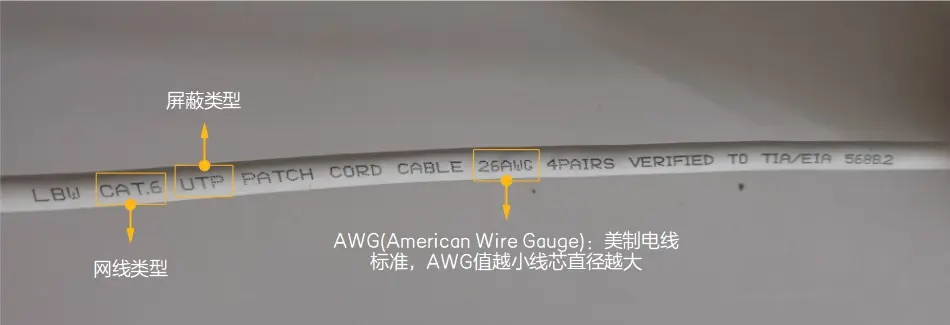
Cable shielding type
The types of network cables mentioned above are all twisted pairs. They are formed by a pair of insulated conductors wound counterclockwise. This way of winding each other can reduce signal interference. The denser the wires are wound, the stronger the anti-interference ability. In order to further strengthen the anti-interference ability, some network cables will also increase the shielding layer. There are two types of cables depending on the shielding layer. There is the shielded twisted pair (STP) and unshielded twisted pair (UTP).
Shielded Twisted Pair (STP)
Shielded twisted pair adds one or more metal shielding layers in the insulating sheath. The metal shielding layer can reduce radiation and anti-interference. It shields the electromagnetic signal from the outside world. However, it also blocks the electromagnetic leakage of the cable itself. Therefore, the twisted pair signal transmission quality with the shielding layer is higher. Furthermore, it also has a good confidentiality performance. However, the price of shielded cables is higher and the installation process is more complicated.
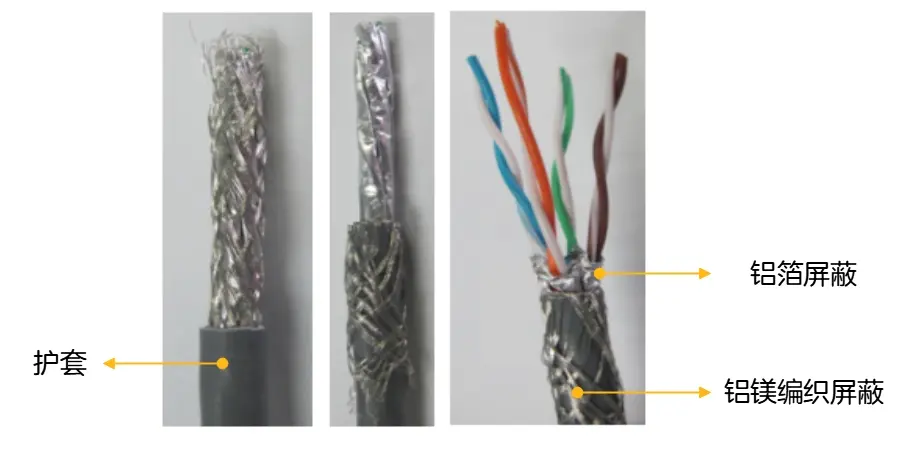
The double shielding mentioned above means that each pair of cores has an independent shielding layer. The outer layers share one or more shielding layers. As shown in the figure above, each pair of core wires has a layer of aluminium foil shielding. This reduces signal attenuation and crosstalk. The outer layer also has a layer of metal braided shielding. This can reduce the interference of external magnetic fields and signals. It can also increase the pulling force of the cable.
Unshielded Twisted Pair (UTP)
The unshielded twisted pair is only wrapped by a layer of insulating rubber sheath. It has no metal shielding material. It is characterized by a lightweight, small overall wire diameter. This cable is also easy to bend, has flexible networking, and is relatively cheap.
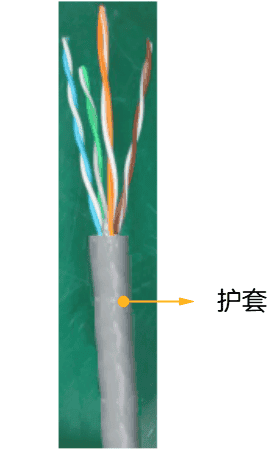
How to choose a home network cable
Choosing a network cable is not as difficult as many people believe. In simple terms, the higher the cable level, the better the cable. Also, the higher the level, the larger the core diameter and other components (shielding layer, cross frame, etc.). This, the higher the cable level, the better the performance and of course, the higher the price.
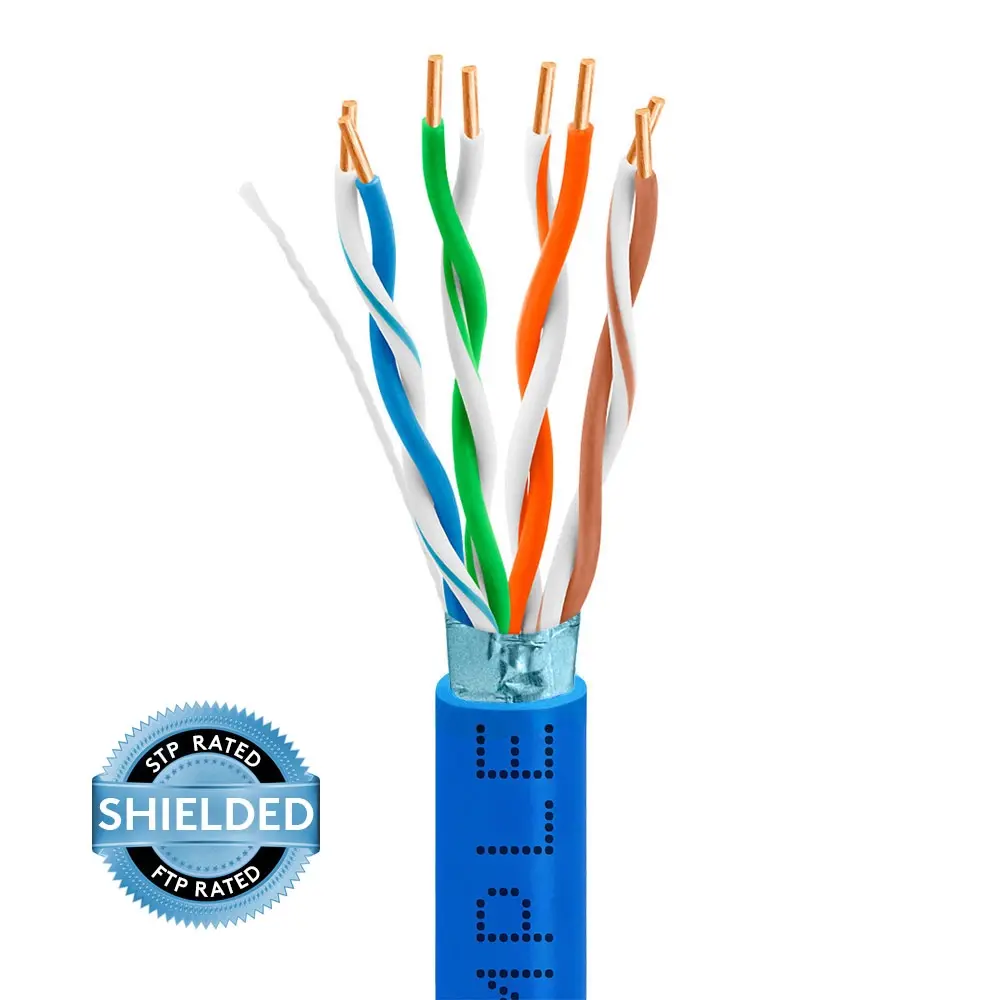
So when we choose cables, should we buy the more expensive ones?
If a shielded network cable is used, it can only play a positive role if both ends of the network cable are properly grounded. This requires that the network equipment and crystal heads, patch panels, ports, etc. on the line can in the ground. The build of the cable also needs to have a good grounding system. The shielded wire can also well shield interference and ensure transmission performance. If the grounding is improper, the shielding layer may introduce interference. This could become the biggest source of interference in the transmission line itself.
The Category 7 and Category 8 ultra-high-speed transmission network cables use double shielding. The overall wire diameter is relatively thick and the cable is very rigid. It is not easy to bend the cable and the cost is high. However, there is no complex strong interference in the home environment. Nevertheless, if you need to bend the wire, then you should avoid Category 7 and Category 8 cables. It is important to note that for short-distance transmission, Category 5 cable is sufficient. If you want higher speed and longer stable transmission distance, you can choose Category 6 or Category 6e unshielded cable.
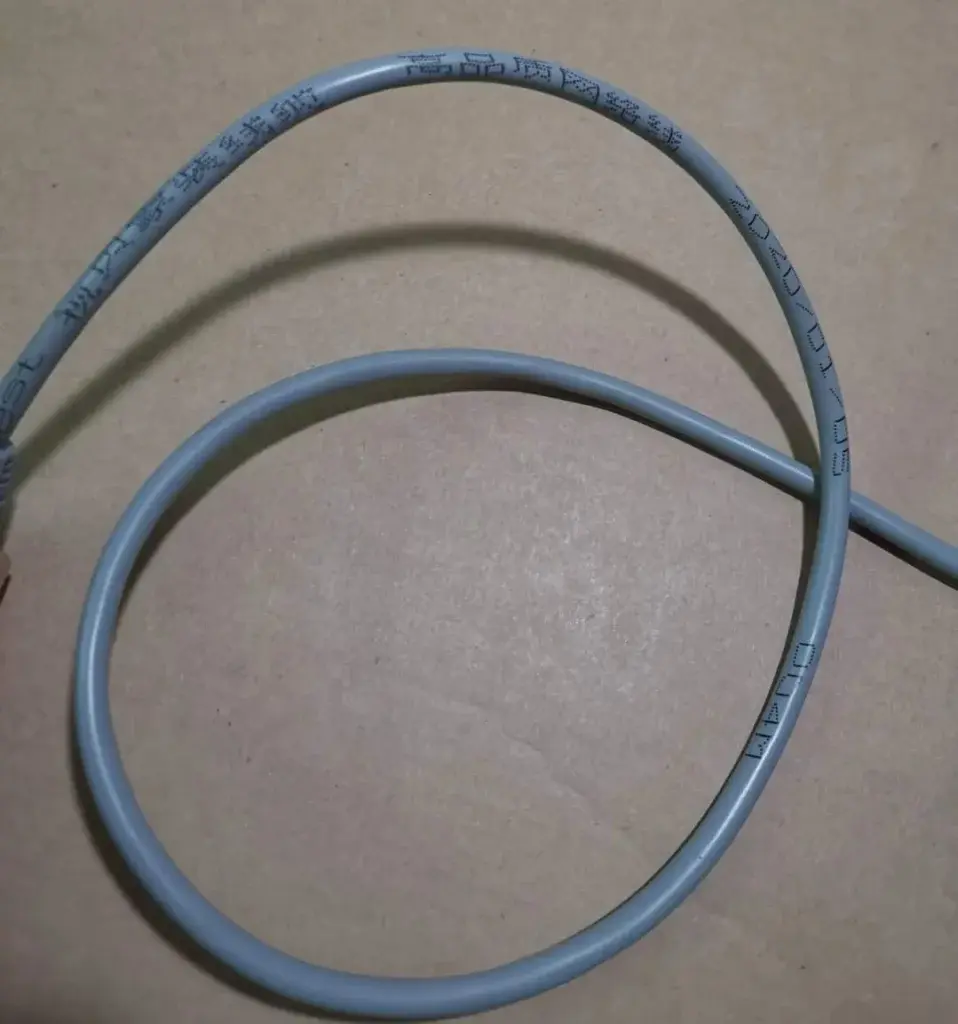
Conclusion
For household use, Category 5e, Category 6 or Category 6e unshielded cables are sufficient. If shielded cables are used, the grounding problems of each device and port need to be handled properly. Also, choose brand network cables that are sold through formal channels. A network cable bought at a roadside shop may not even have a formal logo. Thus, there is no guarantee for the quality of the cable.

